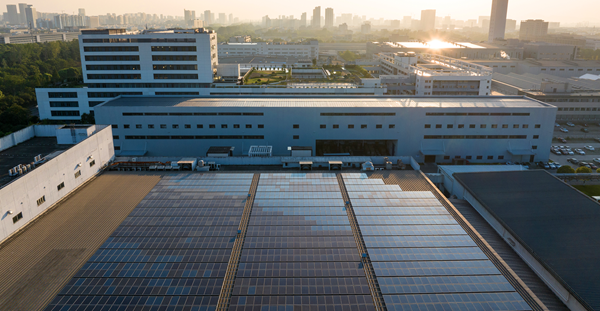It’s no secret that climate change is already impacting cities worldwide. Just look at the recent smoky skies that blanketed most of the Eastern US. Unfortunately, such examples are only expected to grow. With most of the world’s population residing in cities, what can urban communities do to mitigate climate change and safeguard their future?
Practical and efficient answers lie in intentional urban planning to build up biodiversity. If done right, it will help sequester carbon and save water, help mitigate the main drivers of climate change, and most importantly, build resilience to future climate shocks and stressors.
Throughout history, the main focus of city development has rarely been on preserving nature and supporting biodiversity. Instead, cities typically grew around local industries, with trade facilitated by proximity to waterways and factories providing jobs for nearby residents. But when growth happened without considering nature, it left city dwellers vulnerable to weather disasters.
Here's one striking example: Since 1985 alone, over 75,000 km2 of urban land was built in flood-prone areas, with depths exceeding 0.5 meters during severe floods1. Sadly, these flood levels are becoming common as climate change increases the intensity of rain events around the world. It’s time we shift our perspective and stop viewing cities as separate from nature or biodiversity as something to exclude from urban areas. Instead, we must build cities that harness and integrate nature to create equitable and healthier places.
Nature and biodiversity provide essential ‘ecosystem services’ to urban areas, offering numerous benefits: They act as natural buffers against threats posed by weather extremes. Trees, plants and green spaces improve air quality by filtering pollutants and producing oxygen, thereby improving the health of communities and sequestering carbon.
Vegetation and healthy soils enhance water filtration, stormwater management and flood control, improving water quality and reducing flood risks. They also safeguard residents from the growing risks linked to urban heat island effect by providing shade for building surfaces, reflecting solar radiation and releasing moisture through transpiration. In the process, they also reduce energy needs related to cooling2.
Arcadis has been helping cities fully understand these significant benefits of nature and make informed financial decisions through our Natural Capital service. Thanks to our Dutch heritage, we have a strong foundation in this work, as seen in our 'Room for the River' program in the Netherlands and Lower Manhattan resilience project.
Blending gray with green infrastructure goes beyond the physical; it also enhances our mental well-being. Studies3 show that spending time in nature helps improve our mental health and sharpen our cognition, making urban residents with access to green spaces more mentally resilient.
At Arcadis, we don’t just advise cities on evaluating and improving their own nature footprint; we practice what we preach. We strongly believe in the value of nature and biodiversity, which is why we participate in the Science Based Targets Network’s Corporate Engagement Program and are excited about their newly released targets for nature. With our in-house expertise in biodiversity footprinting, we used the same Biodiversity Net Gain Calculator that we use with clients to assess and improve the impact of our own current and historical operations on biodiversity around our offices.
It’s encouraging to see that integrating nature and biodiversity into our urban infrastructure for mitigation and adaptation purposes is no longer fringe. Instead, the challenges frequently raised by our clients now revolve around the ‘how’. With the availability of tools and growing number of case studies, I hope that every engineer will prioritize nature-based solutions in urban planning, recovery and resilience.
I see progress. Recently, a young graduate walked me through the features of their project, saying, ‘Of course these changes are practical. But is this why someone would want it? No. They’ll want it because it will just be a more awesome place to live in.’

Co-author







